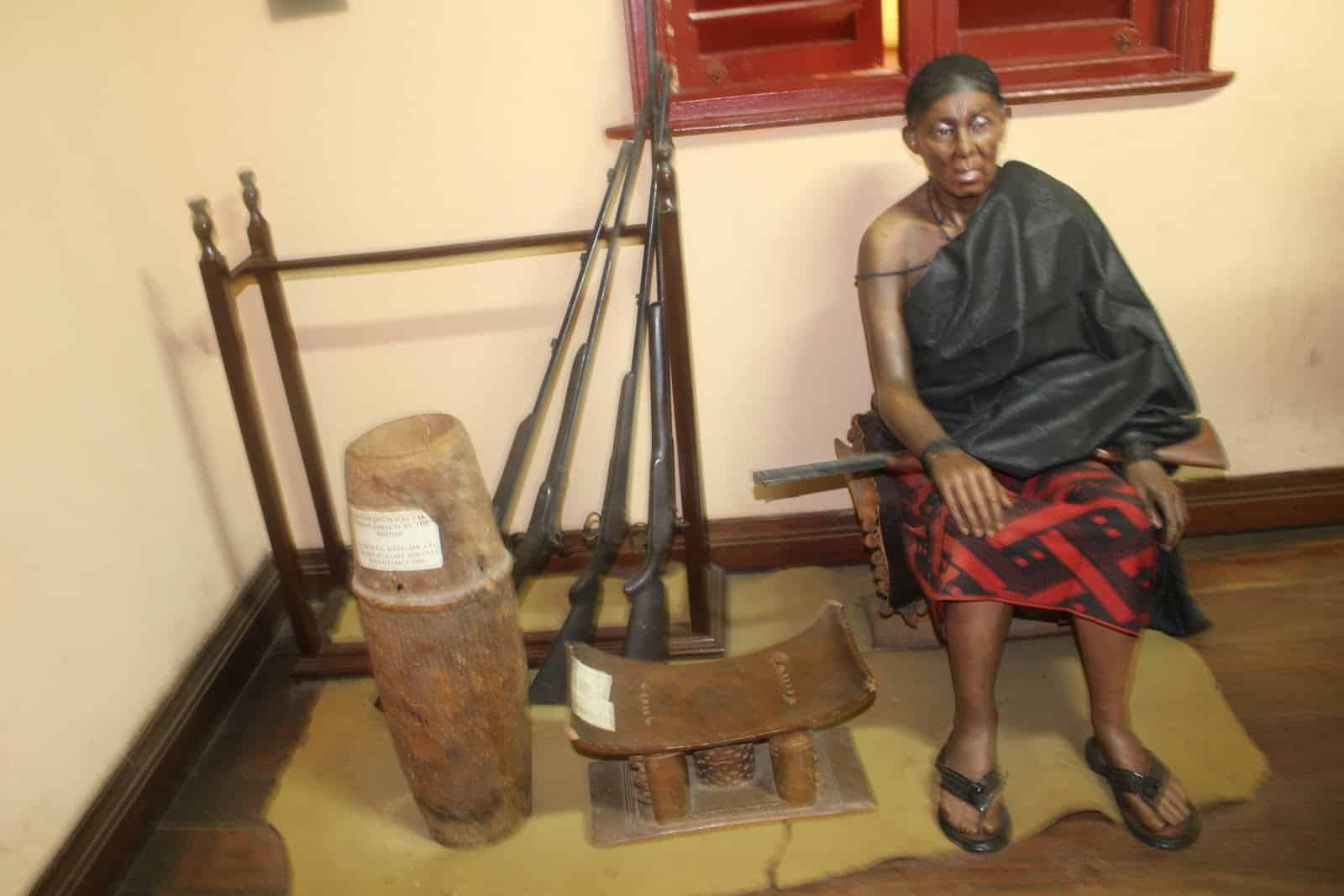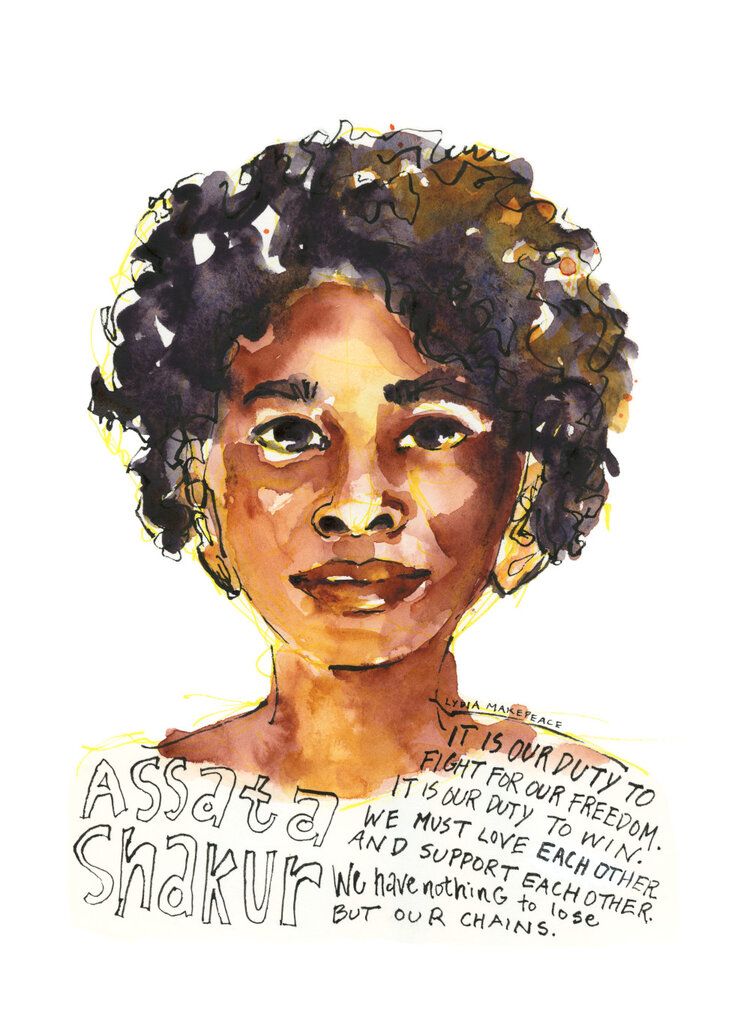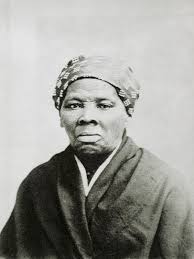- Queen Mother Yaa Asantewaa (c. 1840–October 17, 1921)
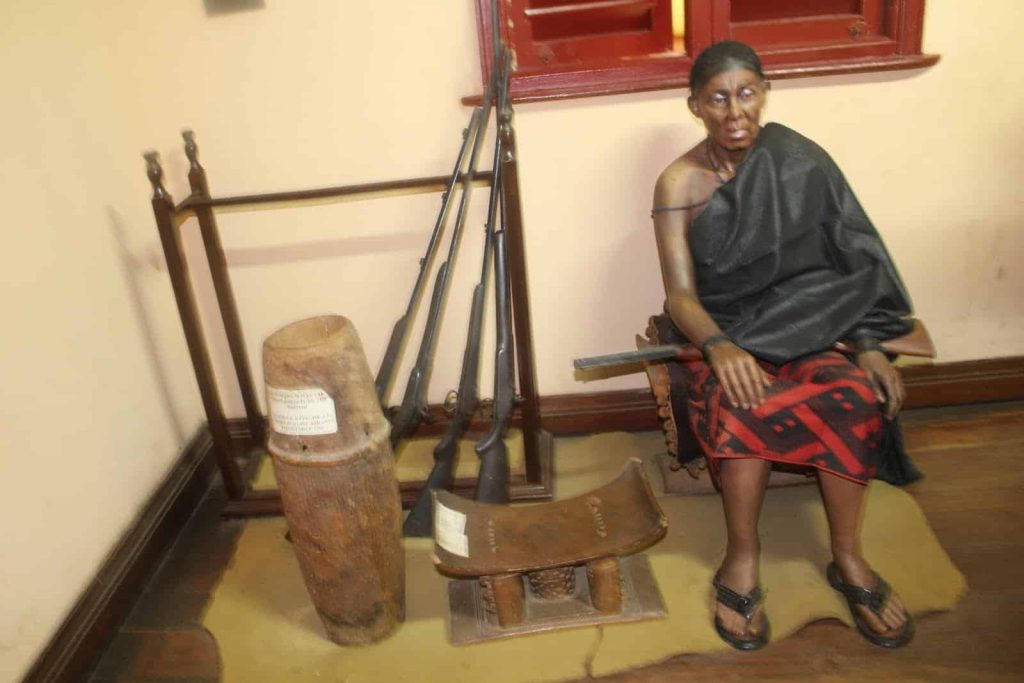
Queen Mother Yaa Asantewaa is the queen mother of the Edweso tribe of Asante (Ashanti) in modern Ghana. He was a brave warrior. In March 1900, she raised and led thousands of people to resist British colonial forces in Ghana, to conquer Asante and to capture gold stools. Sovereignty.
Queen Mother Yaa Asantewaa mobilized Asante’s forces and besieged Kumasi’s British fort for three months. British settlers had to lead thousands of soldiers and artillery to break the siege and exile of Queen Yaya Asantewaw and her 15 closest advisers in Seychelles. She remained in exile until her death in October 1921. The war in Ya’a Asantewa (now known in Ghana) was one of the last great women to wage war on the African continent.
2. Ahosi or Mino (Dahomey Amazons)
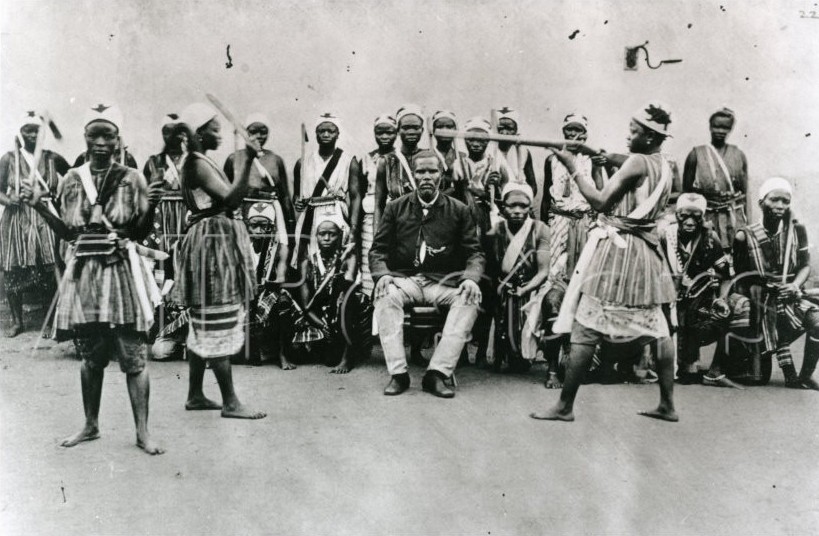
The Amazon River in Dahomey or Mino is a military group composed entirely of women by the rich of the Kingdom of Dahomey of the Republic of Benin today. They existed between the 17th century and the end of the 19th century. European stories call women soldiers “the Amazon” because they look like the semi-fabulous Amazonia of ancient Anatolia, but in Europe, they are called Ahosi (the king’s wife) or Mino (our mother). Linguistic trend
Ahosi is well trained and polite with a very aggressive attitude. They are fierce fighters known to behead the soldiers in battle, as well as those who unfortunately become their captives.
Seh-Dong-Hong-Beh is one of the great leaders of Mino. In 1851, she led an army of 6,000 women against the Egba Fortress in Abeokuta. Since Mino had a spear, bow, and arrow, and Egba had European cannons, only about 1200 people survived the protracted battle.
In the second half of the nineteenth century, the European invasion of West Africa accelerated. In 1890, King Behanzin used the Mino fighter with male soldiers to fight the French army during the first Franco-Danish-American War. The French army lost several battles because of the combat skills of the soldiers.
3. Queen Nanny or Nanny (c. 1685 – c. 1755)
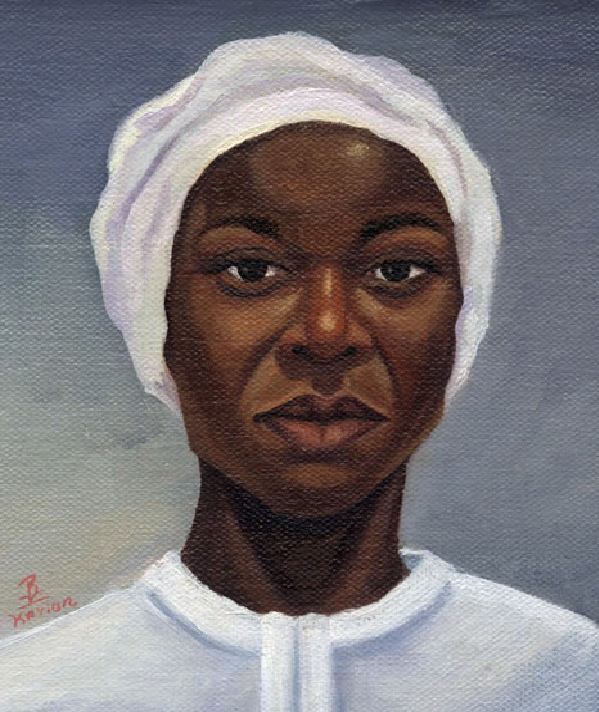
The Jamaican national hero Queen Nanny is a famous Jamaican brown leader of the eighteenth century. The nanny was a kid, kidnapped in Ghana, West Africa, and forced to become a slave in Jamaica. Growing up, she was influenced by brown leaders and other slavers in Africa. The sorrel tribes are black slaves who have fled oppressive cultures and established their communities in Jamaica.
The nanny and her brothers fled the plantation and hid in the Blue Mountains. From there, they unleashed several riots in Jamaica. Queen Nanny is an intelligent and respected spiritual leader who played a key role in shaping the African slave liberation plan.
For more than 30 years, she has released more than 800 slaves and helped them settle into the brown community. It defeated the British in many battles and despite repeated attacks by British soldiers, the Grandy Nanny colony, known as Nanni Town, remained Maroon control for several years.
4. Harriet Tubman (born Araminta Harriet Ross; 1820 – March 10, 1913)
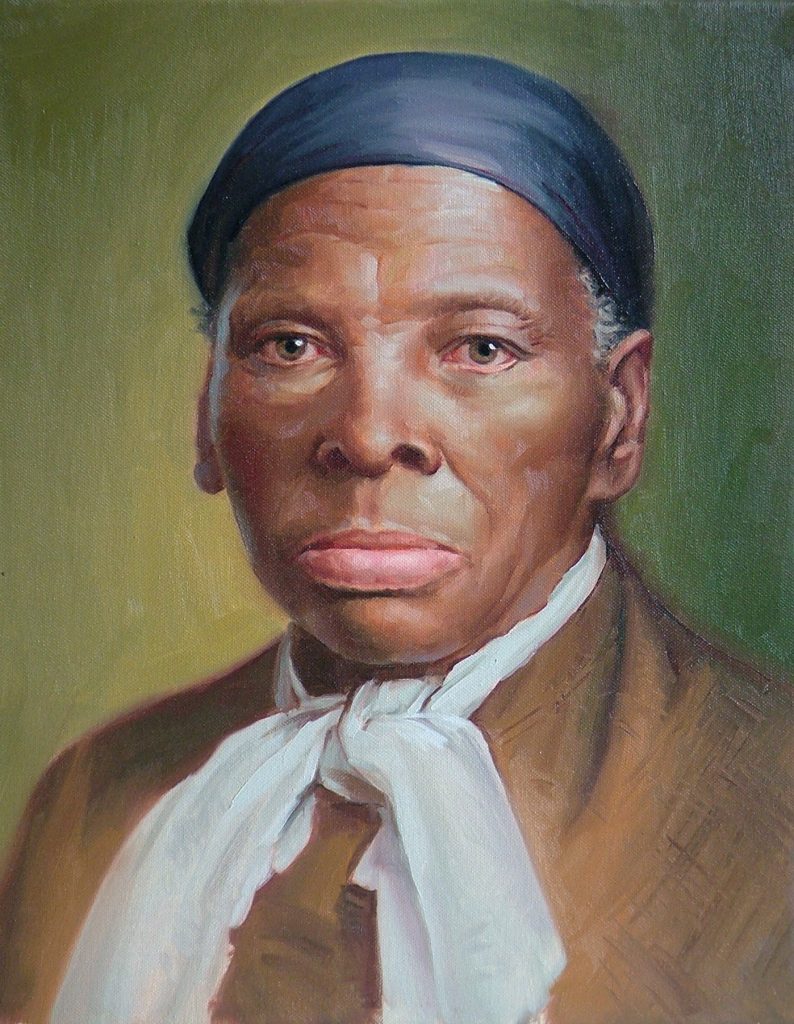
Harriet Tubman for a spy of the abolitionist, humanitarian and Afro-American coalition during the American Civil War. Born into slavery, Tubman fled to Philadelphia in 1849 and immediately returned to Maryland to save his family.
She then implemented 19 missions with the help of slavery and the underground rail network and rescued 300 slaves. She then helped the recruiters attack John Harper in Harpers Ferry, October 16-18, 1859, to free slaves.
In June 1863, Tubman began his wife and first wife and led an armed expedition during the Civil War. She led an attack on the Combahee River, which freed more than 700 black slaves in South Carolina: the biggest liberation of black slaves in American history.
5. Carlota Lukumí (died 1844)
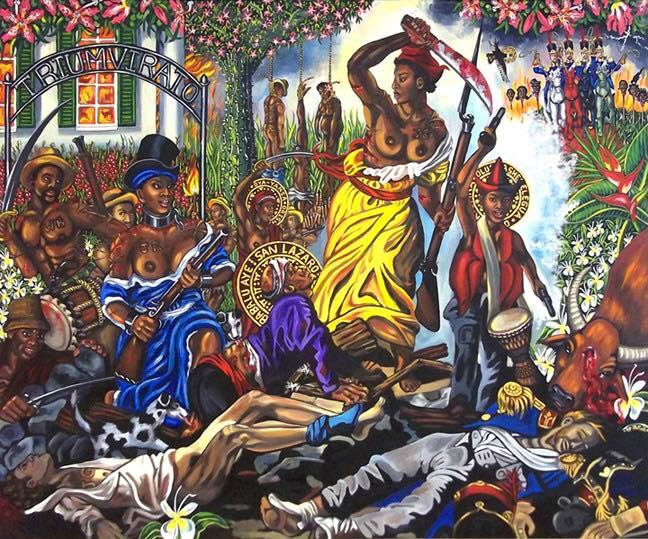
Carlotta was kidnapped from her Yoruba tribe and brought to Cuban iron chains when she was a child, forced to become a slave in Matanzas, dedicated to harvesting and processing sugar cane in the most demanding conditions.
She is intelligent, musical, determined and intelligent. In 1843 she and another slave Fermina led a rebellion at the Triumvarato confectionery. After the discovery of the plan of revolt, Fermina was locked. Carlotta and her troops secretly traded with talking drums released Fermina and dozens of others and organized an organized armed rebellion that struck at least five brutal slave plantations in the area. The brave battle of Carlotta took a year to be captured, tortured and executed by Spanish landowners.
6. Assata Olugbala Shakur (born July 16, 1947)
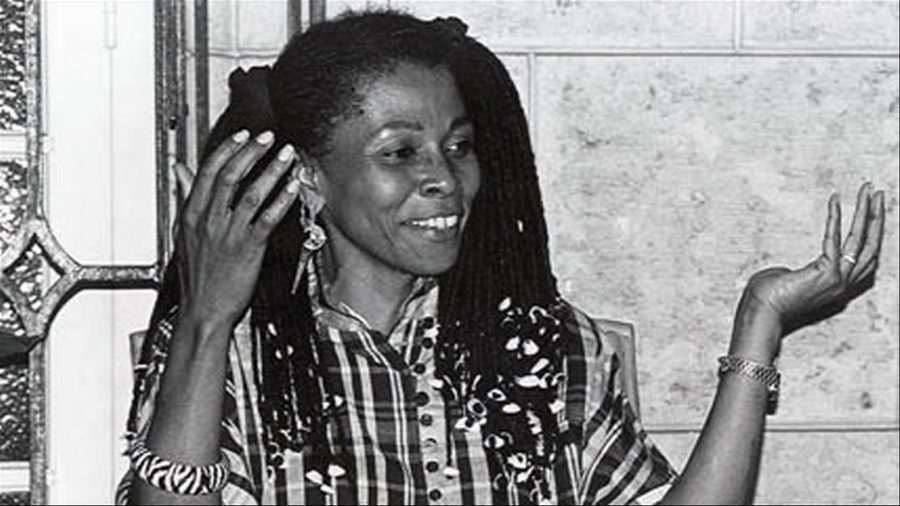
Assata Shakur is an African American activist who was a member of the Black Panthers and the Black Liberation Army between 1971 and 1973. He became the target. COINTELPRO‘s counter-revolutionary program. The program uses a wide range of tactics, including catching, false arrests, and the assassination of leaders to undermine radical movements.
Between 1973 and 1977, Shakur was accused ten times in New York and New Jersey, with seven criminal trials each. Shakur’s claims concern bank robberies. Attempts to murder two police officers and eight other gunfighting crimes on the highway in New Jersey. Three of these courts were acquitted. Suspended jury: a person elsewhere who has sued for a pregnancy based on a conviction. Three charges were dismissed without trial. Shakur escaped from prison for the death sentence of New Jersey soldier Werner Foerster and fled to Cuba.
On May 2, 2013, the Federal Bureau of Investigation announced that they had raised the bounty on Shakur’s head to $2 million and placed her on its “Most Wanted Terrorists” list, making her the first woman to be so designated and effectively criminalizing the Black freedom struggle of that era.
For people wondering if Shakur was guilty, the Huffington Post reported that at the trial, three neurologists would testify that the first gunshot shattered her clavicle and the second shattered the median nerve in her right hand. That testimony proved that she was sitting with her hands raised when she was fired on by police.
According to Wikipedia, further testimony proved that no gun residue was found on either of her hands, nor were her fingerprints found on any of the weapons located at the scene. Nevertheless, Shakur was convicted by an all-white jury and sentenced to life in prison.
7. Tarenorerer (c.1800-1831)
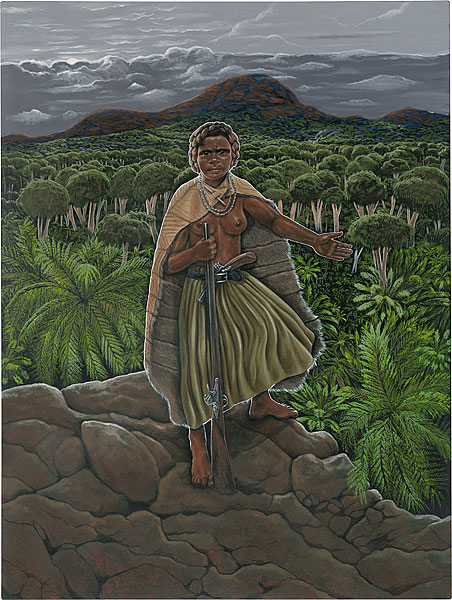
Tarorererer of Bay Bay, in northern Tasmania, is the Australian aboriginal leader of the Tommeginne people. As a teenager, she was abducted by residents of the Port Sorell area and sold to white seals on the Channel Channel Islands, known as Valje.
Knowledge of English and special attention to the use and operation of firearms. In 1828, Tarororerer returned to a country in northern Tasmania, where he gathered a group of men and women from numerous groups to wage war against aggressive Europeans. She trained her fighters to use firearms and ordered them to attack Twain Fight of the most vulnerable people before their weapons were released until they could be reloaded.
She also ordered them to kill European sheep and cattle. Robinson, responsible for the death of the indigenous peoples, said the guard said Tarynorell would stay on the hill to organize attacks, torture the settlers and dare to launch.
8. Amanirenas (died c. 10 B.C.)
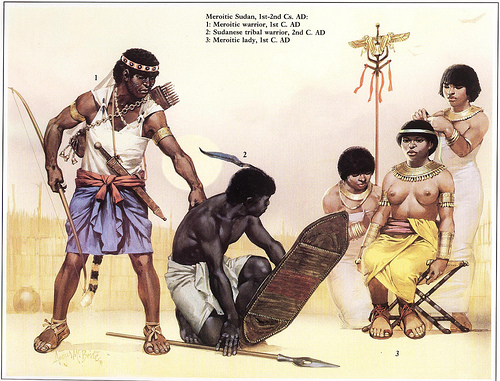
Amanirenas (also known as Amanirena) is one of the greatest mothers of Kandaku or Queen, who rule the Meroitic kingdom of Kuruhi in Northeast Africa. It ruled the kingdom from approximately BC to BC. From 40 BC to 10 BC, when the Roman Emperor Augustus taxed the Kushites, Amanirenas and his son Aquinida (Akinidad) led 30,000 troops to rob the Roman fortress in the Egyptian city of Aswan. They also destroyed Caesar’s elephant statue.
At the command of Augustus, General Petronez of Rome faced, but met with strong resistance from Armanirenas and his troops. After more than three years of fierce fighting, both parties agreed to negotiate a peace treaty. The Romans agreed to repatriate the army to Egypt, to withdraw the fortress, to return the land to the Kushites, and to abolish the tax.
The brave Queen Amanirenas is known for her loyal battle alongside her soldiers. After the Romans were injured, one of her eyes was blind. However, the extent of the Romans’ humiliation has not yet been revealed, because Kusht’s narrative of war, written in Melović’s works, has not yet been fully understood.
9. Queen Nzinga Mbande (c. 1583 – December 17, 1663)
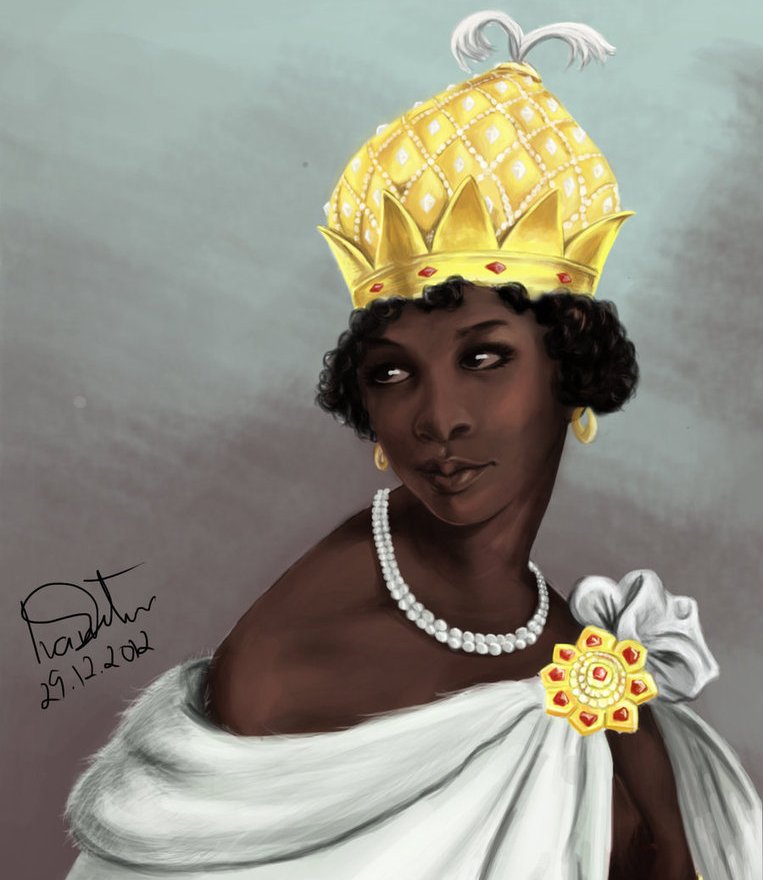
Queen Nzinga Mbande was a very ingenious and powerful ruler of the 17th century Ndongo and Matamba kingdoms (modern Angola). At the turn of the 17th and 17th centuries, Nsinga fought wisely and without fear for his kingdom against the Portuguese, who colonized the coasts of Central Africa to control trade with Africans.
To strengthen the military power of his kingdom, Nzinga provided asylum to escaped slaves and trained African soldiers in Portugal. The rebellion provoked the remains of Ndongo and the conquered Portuguese. Nzinga also teamed up with the Dutch against the Portuguese. However, their combined strength was not enough to expel the Portuguese. After returning to Matamba, Nzinga began to focus on the development of Saudi Arabia, making it a commercial force and gateway to Central Africa. Nzinga died in 1661 at the age of 81. Matamba has become a powerful kingdom and has long resisted Portuguese colonial attempts. It was not until the end of the 19th century that his kingdom was established in Angola.
10. Nyabingi Priestesses Muhumusa (died 1945) and Kaigirwa (unknown)
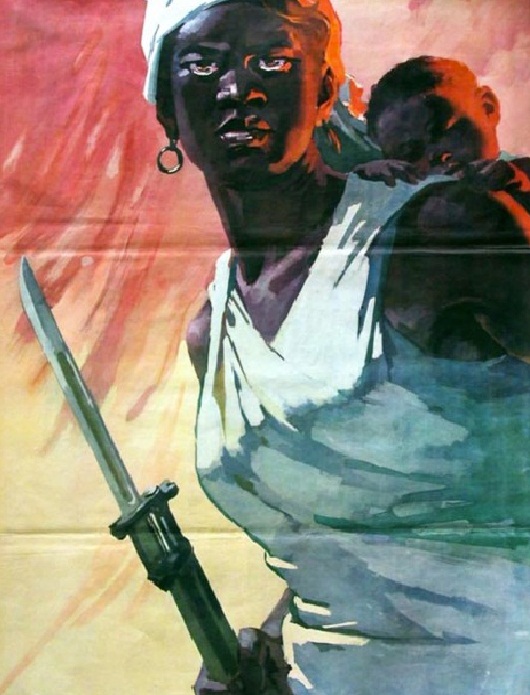
Muhumusa and Kaigirwa are considered rulers of the priesthood group Nyabingi in East Africa, who exerted influence in Rwanda and Uganda from 1850 to 1950. In 1911 Muhumusa declared that “he would expel Europeans” and “the bullets of Wazung would turn into water against her.” .
She organized armed resistance against the German colonialists and was eventually detained by the British in Kampala, Uganda in 1913 until her death in 1945. She became the first rebellious priestess to oppose the colonial domination of Nyabingi. Even after her arrest she triggered an extensive public hearing. Britain passed the Witches Act of 1912 in direct response to the political effectiveness of this spirit-based resistance movement.
In August 1917 “Nyabinga” Kaigirwa followed Muhumus’s steps and organized a Nyakishenyi rebellion with unanimous public support. The British authorities gave him high prices, but no one asked. After the British attacked the Congolese refugee camp in Kejiwa in January 1919, most of them killed the bodies of Kejiv and the fighters who managed to escape the army and escape.
The British, however, captured and burned the Holy Aries before calling the main leaders. After this step, several disasters that killed sheep were hit by a regional disaster. Their cattle herd was destroyed, the roof collapsed and a mysterious fire broke out in their house. Kaigirwa tries again to revolt before heading for a hill that has never been captured.

